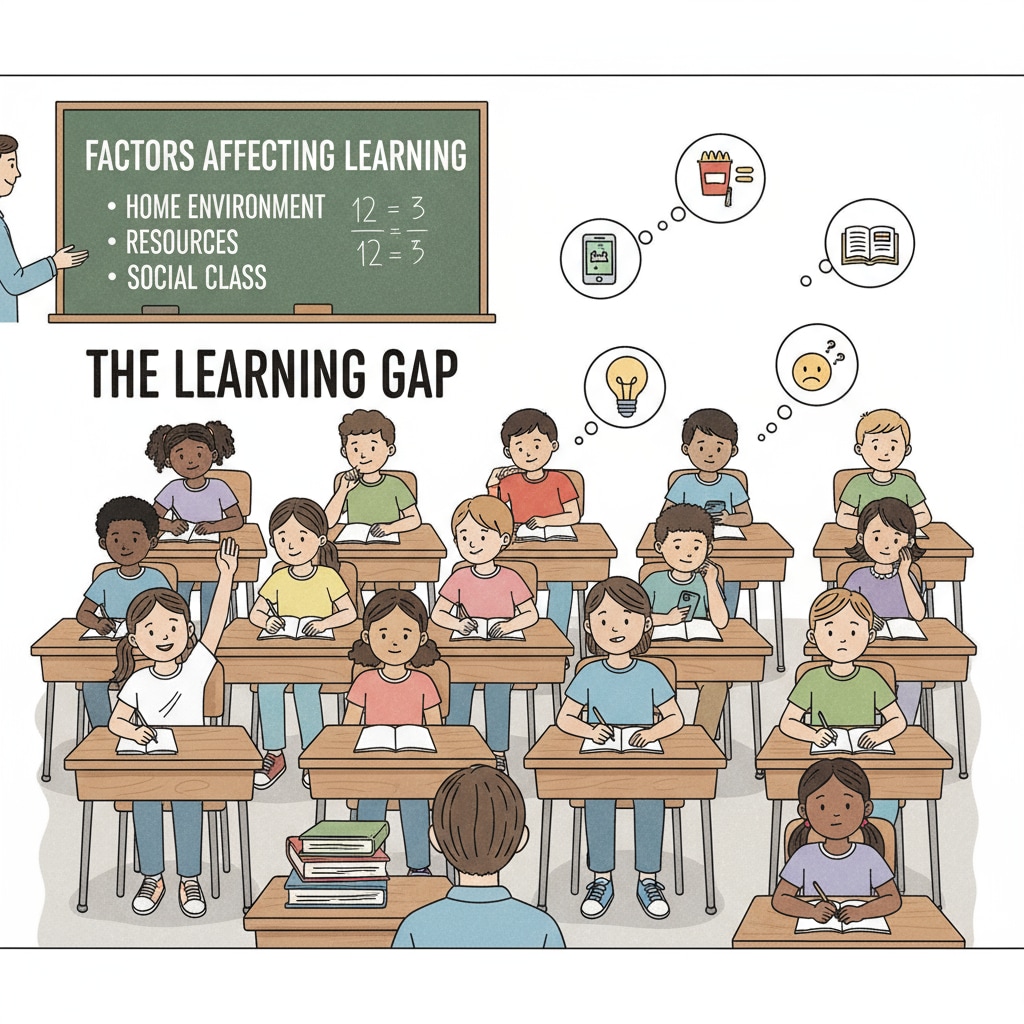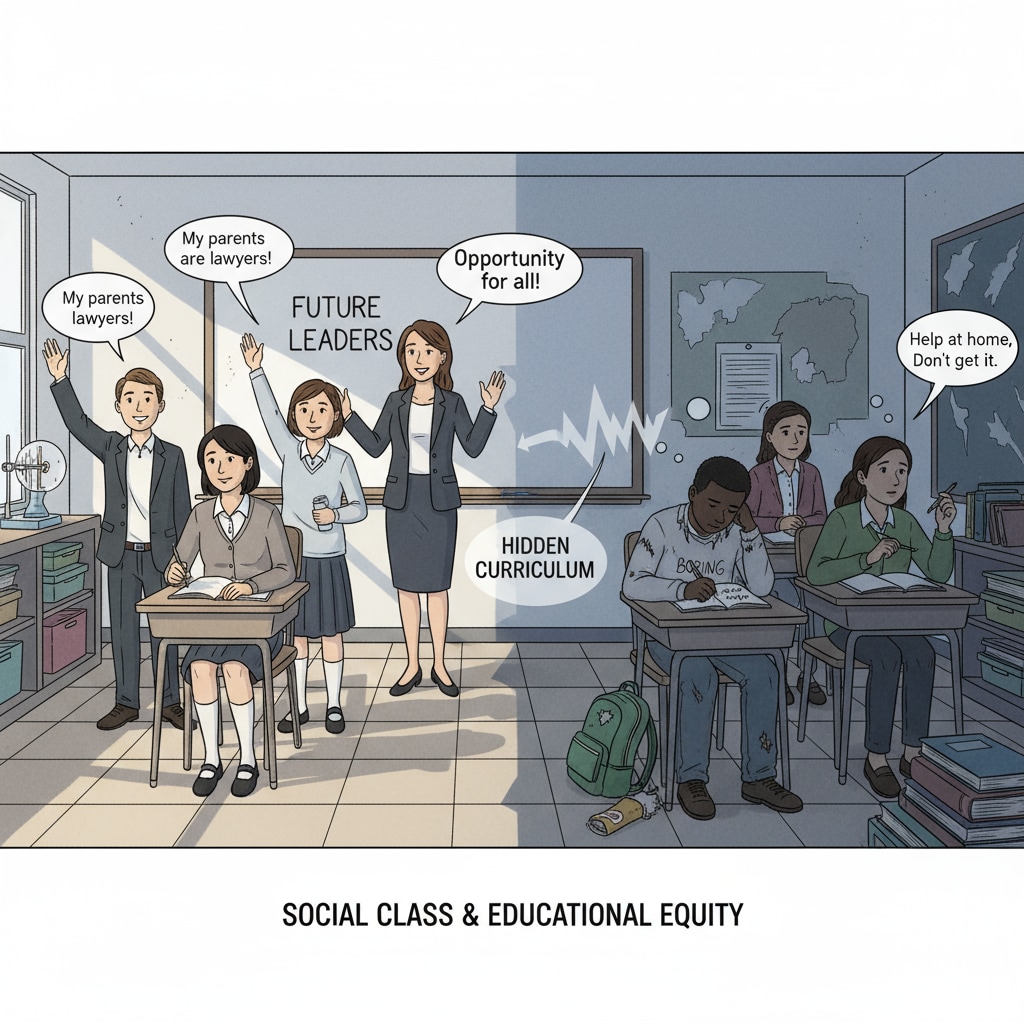The education system, social class, and school critique are central themes when examining the role of the US K12 school system. It is often assumed that education is a great equalizer, a path to upward social mobility. However, the US K12 system seems to be functioning more as a tool for social class stratification rather than a means to bridge the gap between different social classes.

The Resource Divide
One of the most blatant ways the US K12 system reinforces social class differences is through resource allocation. Schools in affluent areas are typically well-funded, with access to state-of-the-art facilities, a wide range of extracurricular activities, and highly qualified teachers. For example, according to data from the National Center for Education Statistics, schools in wealthy districts often have better libraries, science labs, and sports facilities. In contrast, schools in low-income neighborhoods struggle with limited budgets, outdated textbooks, and a lack of resources necessary for a well-rounded education. This resource divide creates an uneven playing field, making it more difficult for students from disadvantaged backgrounds to compete academically.
The Hidden Curriculum
Another aspect to consider is the hidden curriculum within the US K12 system. The hidden curriculum refers to the unwritten, implicit lessons that students learn in school, which are often influenced by social class. For instance, the values, behaviors, and norms emphasized in schools can be more in tune with the middle and upper-class values. As explained on Britannica, these may include concepts like punctuality, individual achievement, and a certain style of communication. Students from lower social classes may find it challenging to adapt to these norms, as they might have grown up in environments with different cultural values. This can lead to a sense of alienation and lower academic performance.

Standardized assessments also play a significant role in the social class stratification within the US K12 system. These tests are often designed in a way that favors students from more privileged backgrounds. They tend to measure knowledge and skills that are more commonly taught in schools with better resources and higher socioeconomic status. As a result, students from lower-income families may perform poorly not necessarily because they lack intelligence or effort, but because the tests are not aligned with their educational experiences. This further perpetuates the cycle of social class inequality, as low test scores can limit their access to better educational opportunities and future career prospects.
In conclusion, the US K12 education system, despite its noble ideals of providing equal educational opportunities, is in fact contributing to the reinforcement of social class differences. By addressing the issues of resource allocation, hidden curriculum, and the fairness of standardized assessments, we can start to transform the system into a true equalizer. It is high time we challenge the status quo and work towards a more just and equitable education system for all students, regardless of their social class background. The education system, social class, and school critique framework provides a starting point for this much-needed transformation.
Readability guidance: Short paragraphs and lists are used to summarize key points. Each H2 section has a list-like structure. The proportion of passive voice and long sentences is controlled. Transition words such as “however,” “for example,” and “in contrast” are used throughout the text to enhance readability.


